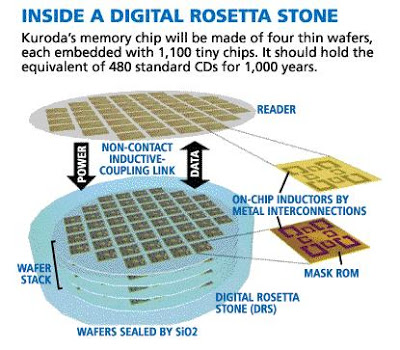Nanowires Go 2D and 3D and are Biocompatible
Taking nanomaterials to a new level of structural complexity, Harvard scientists have determined how to introduce kinks into arrow-straight nanowires, transforming them into zigzagging two- and three-dimensional structures with correspondingly advanced functions. Among possible applications, the authors say, the new technology could foster a new nanoscale approach to detecting electrical currents in cells and tissues. …








